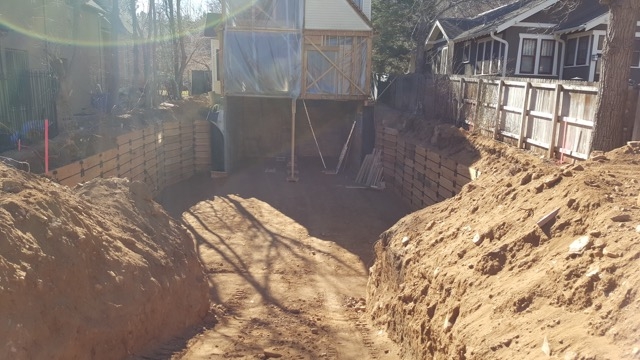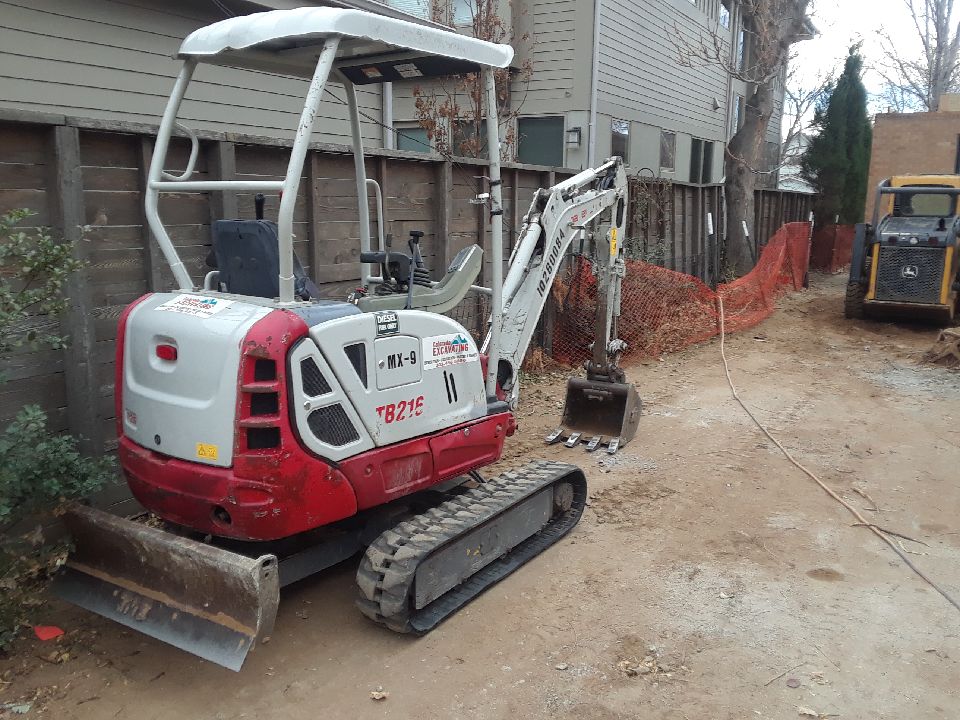Tips for Hiring The Right Earthwork Contractor

When it comes to excavation projects, hiring the right earthwork contractor is crucial. An experienced, licensed and reputable contractor can help ensure that your project is completed safely, efficiently, and within budget. In this blog, we will provide tips for hiring the right earthwork contractor for your project.
Experience and Reputation
When hiring an earthwork contractor, it is important to consider their experience and reputation. Look for a contractor who has years of experience in the industry and a proven track record of successful projects. You can check their online reviews and testimonials to get a better idea of their reputation and reliability.
Licenses and Insurance
Make sure that the earthwork contractor you hire has the necessary licenses and insurance. This includes a valid contractor’s license, liability insurance, and worker’s compensation insurance. Hiring a contractor who is properly licensed and insured can protect you from liability in case of accidents or damage to your property.
Equipment and Technology
An experienced earthwork contractor should have the latest equipment and technology to handle any type of excavation project. Make sure that the contractor you hire has a wide and proper range of equipment, including excavators, bulldozers, loaders, and dump trucks, and other equipment that your project may demand.
Project Timeline and Budget
Discuss your project timeline and budget with the earthwork contractor before hiring them. A reputable contractor should be able to provide you with a detailed estimate of the cost and timeline for your project. They should also be able to work within your budget and offer cost-saving solutions whenever possible.
Communication and Customer Service
Good communication is key to a successful excavation project. Make sure that the earthwork contractor you hire is responsive and communicative. They should be available to answer your questions and provide regular updates throughout the project. Additionally, they should provide excellent customer service and be willing to address any concerns or issues that may arise during the project.
Safety and Compliance
Excavation projects can be dangerous, so it is important to hire an earthwork contractor who prioritizes safety and compliance. Make sure that the contractor you hire has a safety program in place and follows all OSHA regulations and guidelines. Additionally, they should be knowledgeable about environmental regulations and take steps to minimize the impact of the project on the surrounding environment.
References and Portfolio
Before hiring an earthwork contractor, ask for references and a portfolio of their previous projects. This will give you a better idea of their capabilities and experience. You can also contact their previous clients to get a better idea of their work and customer service.
Hiring the right earthwork contractor is crucial for the success of your excavation project. Consider their experience and reputation, licenses and insurance, equipment and technology, project timeline and budget, communication and customer service, safety and compliance, and references and portfolio when choosing a contractor. By doing your research and selecting a reputable and experienced contractor, you can ensure that your project is completed safely, efficiently, and within budget.





